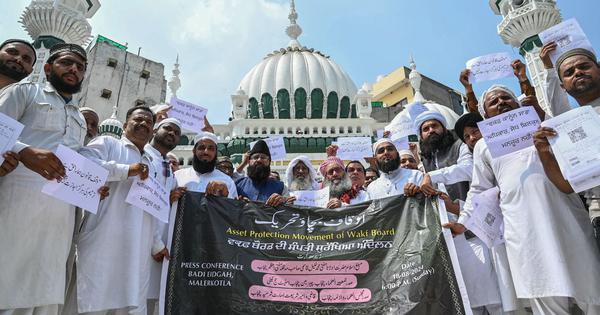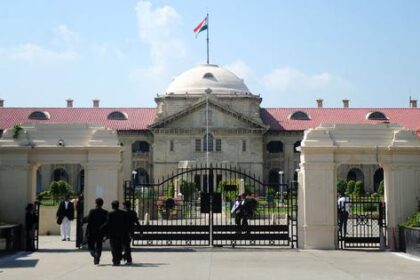Interim ruling raises concerns over waqf property administration amid ongoing legal challenges.
The Supreme Court’s recent interim ruling regarding the Waqf (Amendment) Act, 2025, has sparked significant discourse on its implications for waqf properties, which are endowments established under Islamic law for religious, educational, or charitable purposes. The ruling stayed certain provisions of the law deemed particularly concerning, yet it has simultaneously created an environment of administrative uncertainty for these properties.
At the core of the legal challenge are constitutional questions that remain unanswered. The court’s decision, while providing some immediate relief, has left intact the broader framework of the amendment, which critics argue undermines the foundational aspects of waqf administration. The interim ruling has been described as a judicial endorsement of narratives suggesting that waqf properties are instruments for land appropriation, a theory promoted by certain political factions.
The 2025 Amendment Act introduced several contentious changes that have raised alarms among petitioners. Notably, it expanded the powers of the Collector, a state executive officer, to determine property ownership, which poses a conflict of interest when the government itself claims ownership. Additionally, the act’s vague definition of “government property” retroactively assumes that any disputed property is government-owned, further complicating matters.
Moreover, the amendment abolished the long-standing principle of “waqf by user,” which allowed properties used for religious purposes to be recognized as waqf even without formal documentation. This alteration, along with changes to the Central Waqf Council and State Waqf Boards that could allow non-Muslim majorities, has prompted concerns about the governance of waqf properties.
The All India Muslim Personal Law Board has voiced its dissatisfaction with the Supreme Court’s interim judgment, labeling it incomplete and unsatisfactory. They argue that the amendment is a strategic move to diminish the status and rights of waqf properties.
While the court has granted some crucial interim relief—such as staying the requirement for individuals to prove five years of Islamic practice to establish a waqf and halting certain inquiries into property ownership—it does not resolve the underlying issues. The ruling has prevented immediate dispossession of waqf properties, yet it has also led to potential administrative paralysis, as waqf properties cannot generate income or enter into third-party agreements while legal disputes linger.
Furthermore, the court’s position on the deletion of the “waqf by user” provision has raised eyebrows. The court suggested that the failure of waqf managers to register properties over the years justifies the removal of this provision. However, this perspective overlooks the historical context of waqf properties, which have long been recognized as community assets, irrespective of formal registration.
The judgment’s emphasis on registration as a criterion for waqf status is also contentious, as it conflates procedural compliance with the essence of waqf itself. The ruling does not adequately address how the act’s purported goal of preventing mismanagement relates to the religious composition of governing bodies, a point that has been critiqued during the hearings.
As the legal battle continues, the Supreme Court’s ruling leaves many waqf properties in a state of uncertainty, raising questions about their future and the administrative framework that governs them.








